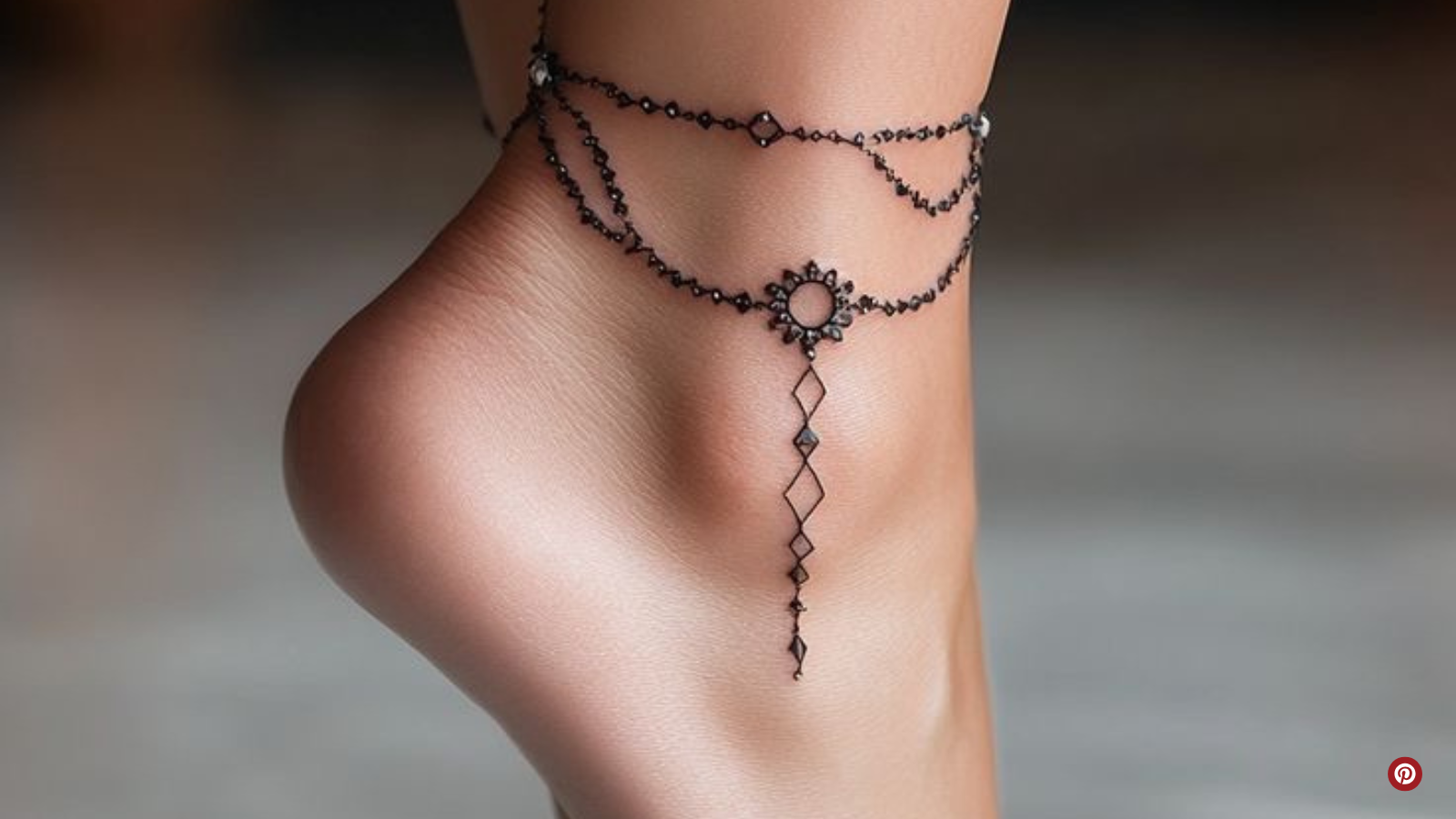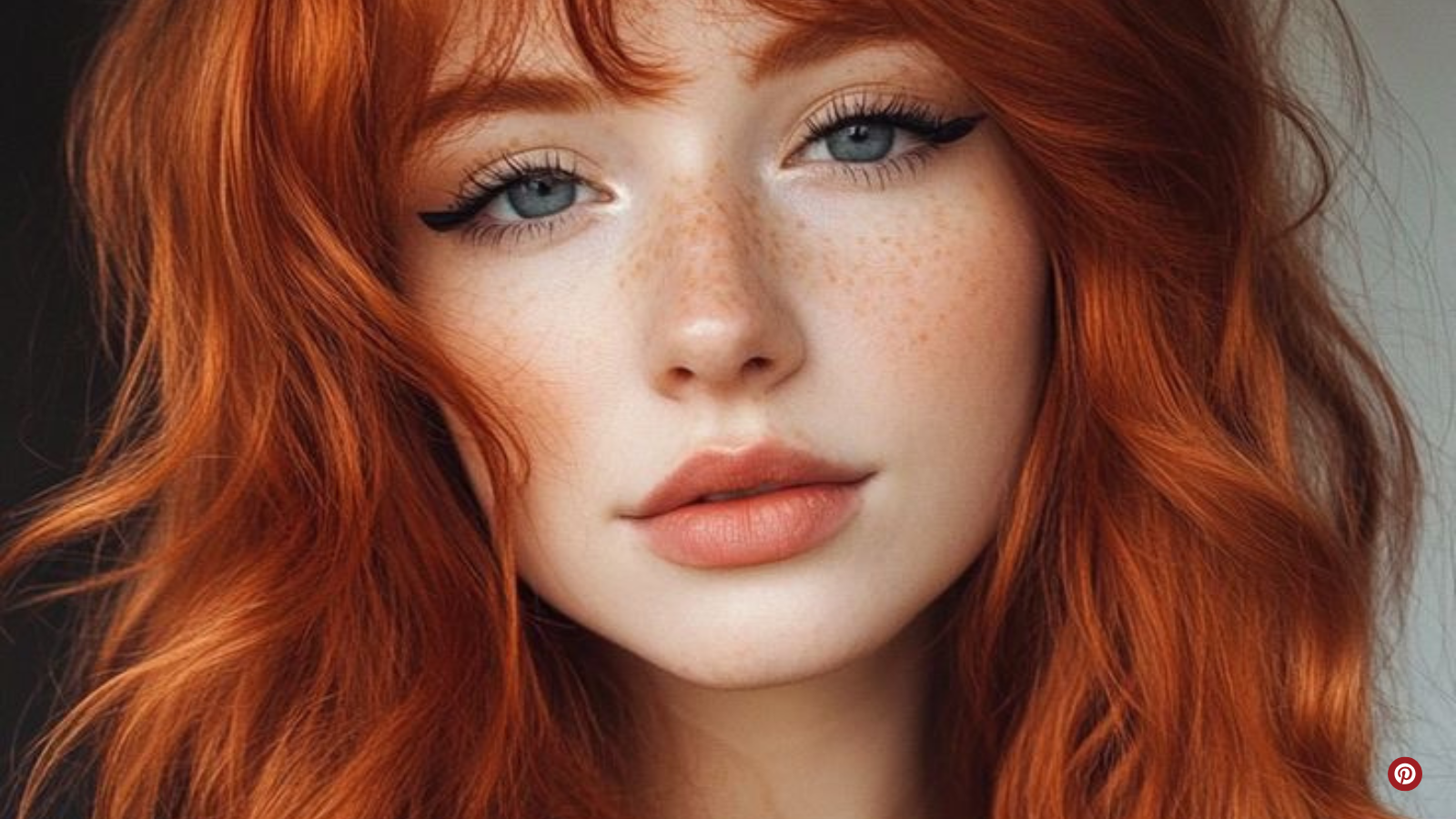When it comes to finding the perfect hair colour, it’s all about finding a shade that complements your skin tone. But with so many options out there, it can be overwhelming to know where to start. In this blog post, we’ll break down the different skin tones and provide some guidance on what hair colours look best with each one.
Understanding Skin Tones
Before we dive into the hair colours, let’s quickly discuss the different skin tones. There are generally considered to be six main skin tone categories:
1️⃣ Cool: Cool skin tones have a pink undertone and often look best with blue or pink-based makeup. Examples of cool skin tones include people with fair complexions and red hair.
2️⃣ Warm: Warm skin tones have a yellow undertone and often look best with yellow or golden-based makeup. Examples of warm skin tones include people with olive or darker complexions.
3️⃣ Neutral: Neutral skin tones are neither cool nor warm and can pull off a wide range of makeup looks. Examples of neutral skin tones include people with medium-toned complexions.
4️⃣ Dark: Dark skin tones have a deep, rich complexion and often look best with bold, vibrant colours.
5️⃣ Fair: Fair skin tones are very pale and often look best with soft, natural colours.
6️⃣ Olive: Olive skin tones are a combination of warm and cool undertones and can look great with a variety of hair colours.
Hair Color Options by Skin Tone
Now that we’ve covered the different skin tones, let’s get into the hair colour options for each one.
Cool Skin Tones
Ashy blonde: A cool, ashy blonde colour can create a stunning contrast with cool skin tones.
Platinum blonde: A platinum blonde colour can add a touch of sophistication to cool skin tones.
Deep red: A deep, rich red colour can create a dramatic look with cool skin tones.
Warm Skin Tones
Honey blonde: A honey blonde colour can add warmth to warm skin tones and create a sun-kissed look.
Caramel highlights: Caramel highlights can enhance the natural warmth of warm skin tones.
Dark brown: A dark brown colour can create a rich, exotic look with warm skin tones.
Neutral Skin Tones
Blonde: A classic blonde colour is always a great choice for neutral skin tones.
Honey brown: A honey brown colour can add warmth to neutral skin tones without overpowering them.
Subtle highlights: Subtle highlights can enhance the natural beauty of neutral skin tones.
Dark Skin Tones
Rich black: A rich black colour can create a dramatic, striking look with dark skin tones.
Deep red: A deep red colour can add depth and dimension to dark skin tones.
Bronde: A bronde (blonde-brown) colour can create a sophisticated, Hollywood-inspired look with dark skin tones.
Fair Skin Tones
Light blonde: A light blonde colour can create a soft, ethereal look with fair skin tones.
Icy highlights: Icy highlights can add a touch of brightness to fair skin tones.
Subtle ombre: A subtle ombre effect can enhance the natural beauty of fair skin tones.
Olive Skin Tones
Golden blonde: A golden blonde colour can add warmth and depth to olive skin tones.
Caramel highlights: Caramel highlights can enhance the natural warmth of olive skin tones.
Rich brown: A rich brown colour can create a dramatic, exotic look with olive skin tones.
Conclusion
Finding the perfect hair colour is all about finding a shade that complements your skin tone. By considering your skin tone and trying out different hair colours, you can find a look that makes you feel confident and beautiful. Remember to experiment, take risks, and have fun – after all, it’s just hair!







